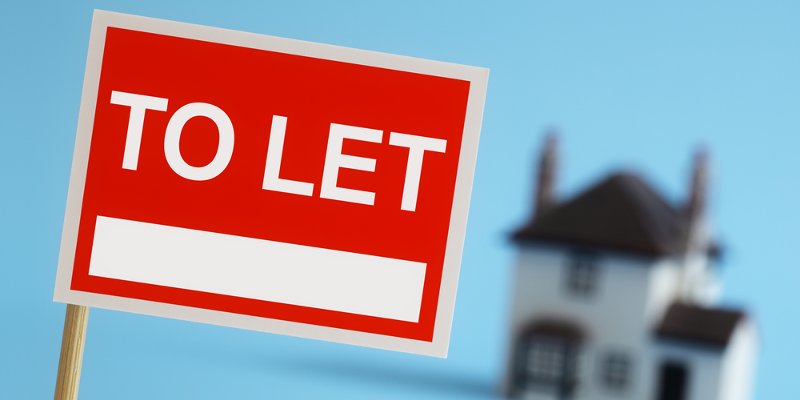The ‘Emerging Landlord’ published by Simple Landlords Insurance found a polarisation in attitudes towards the private rented sector, with accidental and part-time landlords feeling most negative about legislative changes and their future.

The profile of the typical modern landlord is evolving, shifting towards professional landlords focused on growing and diversifying their portfolios - while accidental landlords with one property look to exit the market.
The ‘Emerging Landlord’ published by Simple Landlords Insurance found a polarisation in attitudes towards the private rented sector, with accidental and part-time landlords feeling most negative about legislative changes and their future.
Those with larger portfolios however, felt far more positive about the future and plan to increase their property investments.
Some 38% of the landlords with two or more properties said they plan to buy at least one more in the next year – dwarfing the 11% of landlords with single properties who are planning to expand.
Meanwhile, 30% of single property landlords plan to sell, compared with just 8% of landlords with more than two properties.
Tom Cooper, director of underwriting, Simple Landlords Insurance, said: “From Section 24 to Right to Rent, increased stamp duty, capital gains tax, regulation and licensing, you’d be forgiven for thinking it was all doom and gloom in the private rented sector.
“But our evidence shows there are landlords adapting to the changes and emerging like phoenixes from the ashes. We wanted to find out more about them.
“The research reveals it is the landlords positioned at the larger end of the market – or aspiring to get there – who are least fazed by changes, and best poised to take advantage of increasing demand, bargain stock being sold off, and stable house prices."
The emerging community of landlords is generally young, well-informed, deliberate investors. Out of the 500 surveyed, the average number of properties held decreased with age: for the 25-34 bracket, the average portfolio size was 2.16, while for 45-54 year olds, it dropped to 1.48.
The number of accidental landlords is also on the decline, falling from 18% in 2016 to 15% in 2017, widening the gulf between them and more professional investors.
Carl Agar, founder of the Home Safe Scheme and managing director of Big Red House, said: “Times change. Markets change. But property can still be a way to make money if you change too.
“There’s a clear difference between the big players and the dabblers, the old school landlords and the new kids on the block.
“Your ‘traditional’ landlord is seeing all of these new rules imposed and their returns drop. Meanwhile those new to the market are comparing those returns to what they’d get putting their money into a savings account – and it actually looks pretty good. They’re seeing opportunity, and building the rules, regulations and changes into their business model.
“Personally, I’m looking forward to a more professional and more prosperous private rental sector, driven by a new breed of landlord investor.”
As well as being bigger, younger and more professional, the emerging landlord is also investing differently, and diversifying their portfolio.
Holiday lets and flats are very attractive options for new landlords seeking to spread their risk, with holiday lets attracting the highest proportion of new entrants to the market. Some 22% of these are landlords are in their first year, with flats right behind with 16% new entrants.
The owners of HMOs in particular were also feeling optimistic, with 43% in buying mode and just 4% planning to shrink.
Cooper added: “At Simple, we believe the right insurance can be the safety net that allows landlords to develop their strategies and their businesses for the future.
“Financial services need to keep up with the market and develop products that can grow with the landlords set to survive and thrive.”



